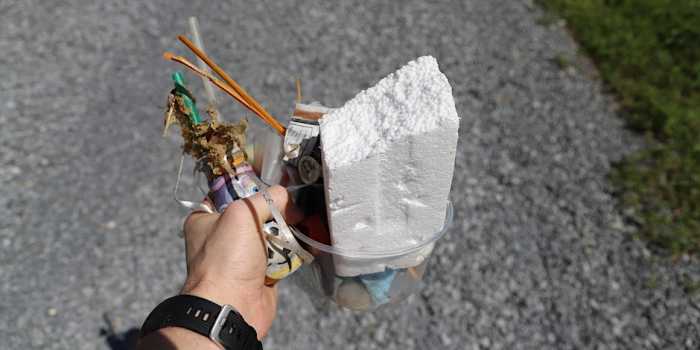Top Charges No Sure Thing In Rooney Case


The indictment of the Montauk woman now charged with vehicular homicide stemming from an October incident was made public via online court records on the day after her 31st birthday.
The two most serious charges of the 11 Lisa Rooney is now facing hinge on Suffolk County District Attorney Tim Sini’s office proving beyond a reasonable doubt, if the case were to go to trial, that the amount of alcohol in Rooney’s blood was .18 of one percent or higher at the moment she allegedly struck and killed 28-year-old cyclist John James Usma-Quintero in Montauk October 30.
Rooney was hit with six felony charges by the grand jury, and five more charges at the misdemeanor level. Besides the vehicular homicide count, there is one count of vehicular manslaughter in the first degree, one count of manslaughter for recklessly causing Usma-Quintero’s death, and two counts of vehicular manslaughter in the second degree, along with a felony charge of assault with a deadly weapon — she was said to be driving a 2019 Chevrolet Silverado pickup registered to her company, Girltauk.
Carl Irace, a former prosecutor in the Bronx who is not connected with the case, interpreted the charges posted online for The Independent last week. He has not seen the indictment, which was issued by a grand jury seated in Riverside before the holidays but not posted on the New York State Court’s website until December 30, and will be officially unsealed in the courtroom of Justice Fernando Camacho in Central Islip January 13.
Two of the misdemeanor charges are driving while intoxicated based on the arresting officer’s observations of Rooney, and driving while intoxicated based on a blood test that showed a reading of .13 alcohol in the blood, over the .08 mark that defines intoxication in New York. But it is the third drunk driving charge — aggravated DWI based on the allegation that Rooney had at least .18 in the blood at the moment of the Flamingo Road crash — that is key to the prosecution.
The arresting officer arrived October 30 just minutes after Rooney’s pickup struck and killed Usma-Quintero, according to police, but Rooney refused to have blood drawn after she was arrested, forcing the department to file for a blood warrant with a state judge, court documents indicate. The result of that test, administered over three hours after the accident — the .13 of one percent alcohol in her blood — is on file at East Hampton Town Justice Court. The .18 or higher reading is a mathematical extrapolation based on the blood test. Convincing a jury of that number is not a given, Irace warned.
The burden of proof is always on the prosecution, Irace said.
The vehicular homicide charge against Rooney carries the possibility of eight-and-one-third to 25 years in prison, with at least some mandatory time in state prison. If the prosecution fails to prove the aggravated DWI charge during a trial, the homicide charge, along with the first-degree manslaughter count, would fall by the wayside because each of those felonies require the defendant have a blood alcohol content of .18 or higher.
If convicted of the other felony charges, prison time would still be likely, but not mandatory as part of the sentence. Under the law, Justice Camacho could even sentence Rooney, if convicted of the lesser felony counts but not the top charge, to a term of probation as a first-time offender.
The other misdemeanor charges Rooney is facing include illegal possession of cocaine and reckless driving.
t.e@indyeastend.com









